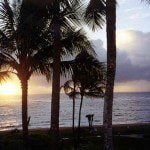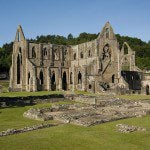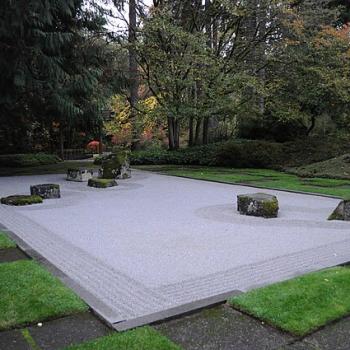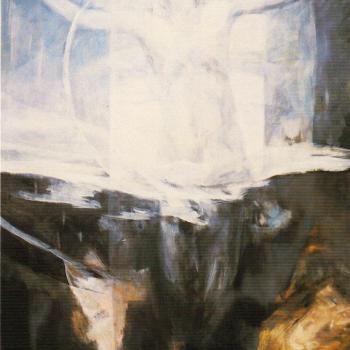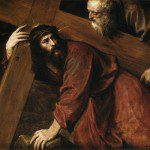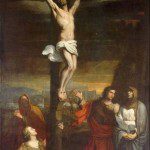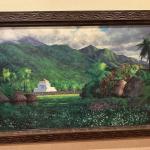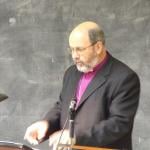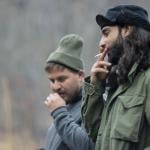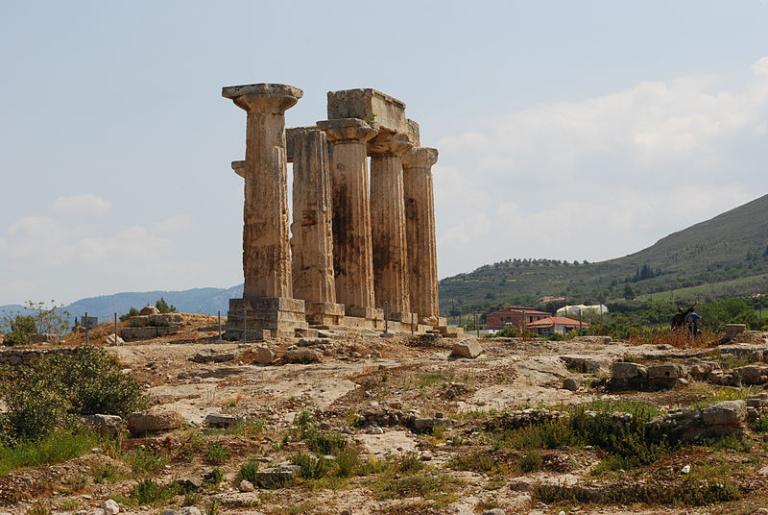
I was out and about all day today, Friday, sadly bereft of my computer. So I’m very late in calling attention to today’s new article in Interpreter: A Journal of Latter-day Saint Faith and Scholarship to your notice. It is “Through a Glass Darkly: Was There a Twentieth-Century Corruption of 1 Corinthians 13:12?” which was written by Charles Dike:
Abstract: This paper considers the well-known account of Paul having been struck blind on the road to Damascus and his equally well-known statement that “for now we see through a glass darkly.” Both are examined in light of a solar eclipse that occurred across the Mediterranean in AD 49. It is possible that Paul could have been referring to an experience of viewing the solar eclipse through a filter. The article provides an exploration of potential astronomical aids that may have been available to first-century viewers of the eclipse. Views of solar phenomenon are shown and then Jewish and Christian thoughts are discussed regarding glass, crystals, clouds, and the veil. At the end of the nineteenth century, a conflict arose among commentators about whether 1 Corinthians 13:12 was referring to looking at a reflection in a cloudy mirror or viewing an eclipse through darkened glass. Ultimately those advocating for an interpretation of his words as referring to a reflection in a blurry mirror prevailed. However, based on new information and on the religious context, the darkened-glass interpretation appears to be the correct one. The paper concludes with the presentation of a Jewish perspective of the darkened glass, which, typologically, equates to a veil.
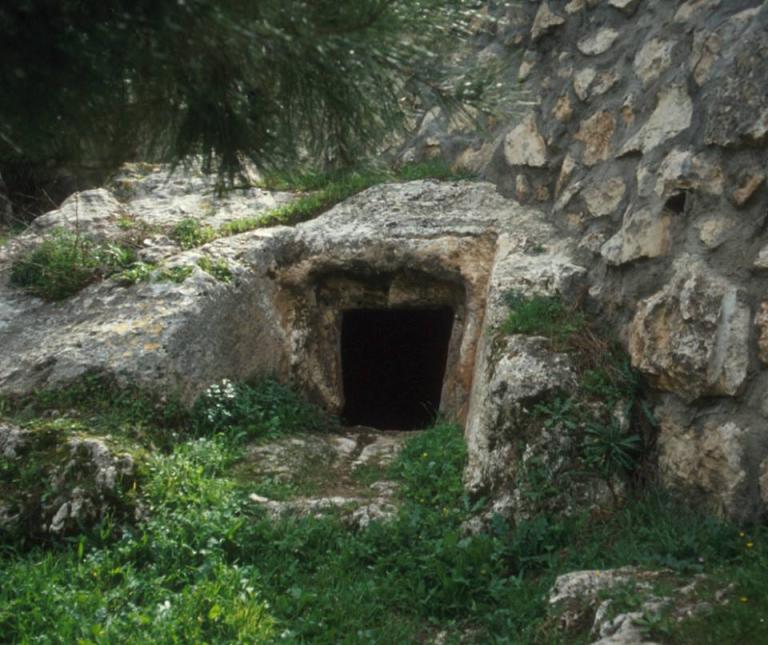
A few days ago, I threatened readers here that, with the approach of Easter, I would be sharing at least four poems with you that, to me, powerfully capture part of the otherwise inescapable problem — death — that the Easter story, the account of the death and resurrection of Jesus Christ, solves. I began by giving you Theodore Roethke’s “Elegy for Jane,” which moved me deeply when I first encountered it in, of all places, a college preparatory exam. Now I give you the first of two poems in my proposed quartet from A. E. Housman, whose work I hold in great affection:
“To an Athlete Dying Young”
The time you won your town the race
We chaired you through the market-place;
Man and boy stood cheering by,
And home we brought you shoulder-high.To-day, the road all runners come,
Shoulder-high we bring you home,
And set you at your threshold down,
Townsman of a stiller town.Smart lad, to slip betimes away
From fields where glory does not stay,
And early though the laurel grows
It withers quicker than the rose.Eyes the shady night has shut
Cannot see the record cut,
And silence sounds no worse than cheers
After earth has stopped the ears:Now you will not swell the rout
Of lads that wore their honours out,
Runners whom renown outran
And the name died before the man.So set, before its echoes fade,
The fleet foot on the sill of shade,
And hold to the low lintel up
The still-defended challenge-cup.And round that early-laurelled head
Will flock to gaze the strengthless dead,
And find unwithered on its curls
The garland briefer than a girl’s.
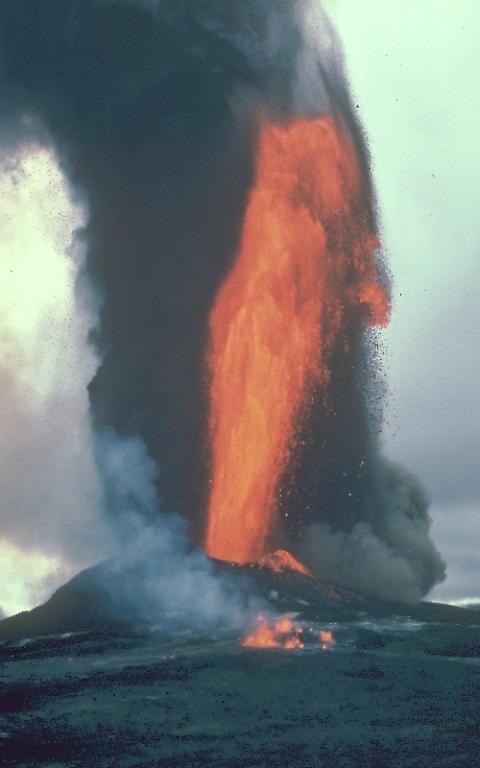
We drove from the Kohala Coast over to Hilo, on the opposite coast — that is, the east coast — and then up to Hawai‘i Volcanoes National Park. Alas, though, the eruption within Halema’uma’u crater at the summit of Kīlauea volcano ended on Wednesday, just two days ago. So, although scores of steam vents were visible across the caldera and on its rim, no molten lava or night time glow was visible today or this evening. We’ve seen such eruptions before, but I was hoping that our son could see one. Oh well.
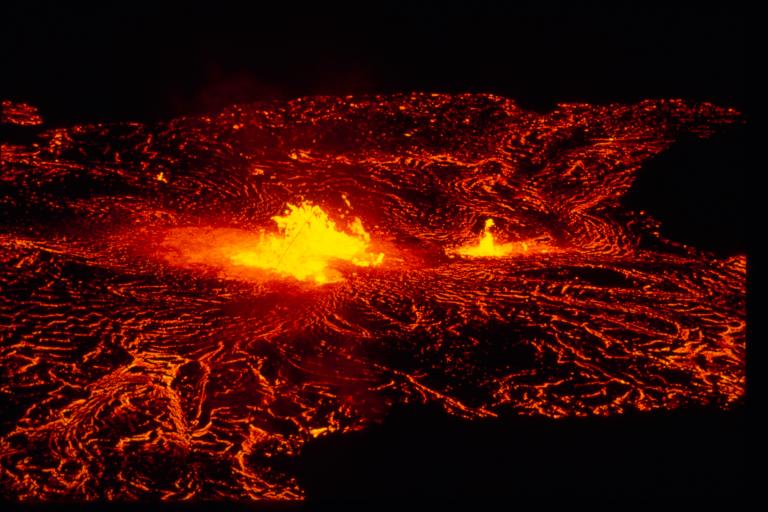
From the rim of Kilauea, we drove down Chain of Craters Road to the ocean and walked a considerable distance past the road barrier through the lava fields by the sea cliffs there. This was a nostalgic time for us: The last vacation that we were able to take with my father-in-law was to this island. We walked along the same abandoned road, then as today surrounded by lava. A week or two later, while he was simply walking around the block near his home in Bountiful, his hip suddenly broke and he fell.

I was so very grateful that it hadn’t happened while were down on Chain of Craters Road, perhaps forty-five minutes or an hour away from our parked car (under optimal conditions, to say nothing of trying to transport a seriously injured elderly man), certainly without cell phone reception, an hour’s drive once we reached our car from the Park headquarters and two hours from a hospital in Hilo. But the real miracle, if you will, was that, when he did fall, he was crossing the street adjacent to the Bountiful Utah Temple. A car was waiting for him to cross the road, with a man and the man’s daughter watching patiently. They saw him fall. They sprang immediately into action. The man was an orthopedic surgeon. (If I recall correctly, he was involved in some way with the Utah Jazz.) He told us afterward that he almost never drove that particular street during his daily routine, but that he had somehow felt, that day, that he should. I later told my father-in-law that, while it obviously wasn’t good that his hip broke, if he had to have his hip break it couldn’t possibly have happened under better circumstances. He had expert specialist medical attention within mere seconds of his injury. That story was very much on my mind today.
Posted from Hilo, the Island of Hawaiʻi, Hawaiʻi


